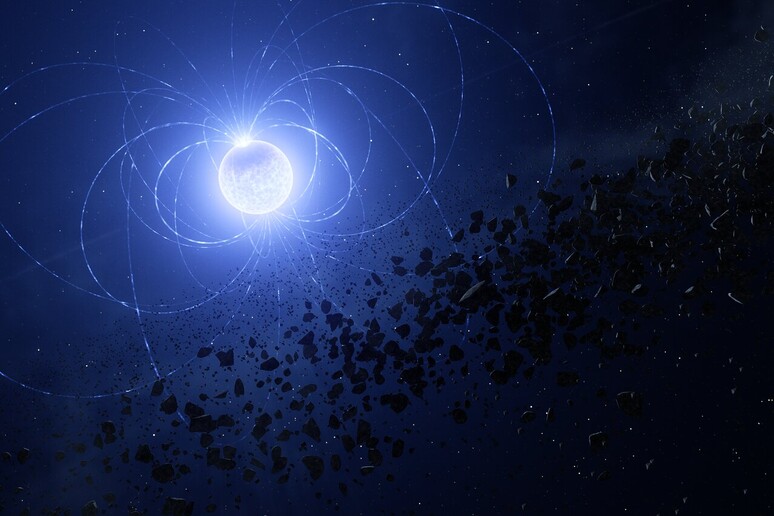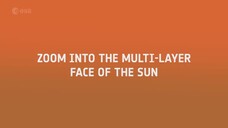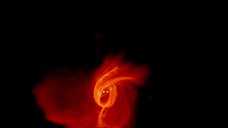A 'cannibal star' swallowed fragments of its planetary system and the proof of this 'crime' has come with a scar made of metals that spreads out for around 500 kilometres in its surface, according to a study published in The Astrophysical Journal Letters. Although scientists had known about this phenomenon for some time, they now have proof thanks to the research led by Northern Ireland's Armagh Observatory and the findings of the Very Large Telescope of the European Southern Observatory.
Similar observations could be useful to identify the composition of planets outside the Solar System. The scar, which was observed by a research team led by Stefano Bagnulo, is a concentration of metals on a white dwarf - a star that was once similar to the Sun and in the final phases of its life has slowly cooled and shrunk to the size of the Earth.
"We have shown that these metals come from a planetary fragment as large as, or perhaps larger than, Vesta, the second largest asteroid in the Solar System, " said Jay Farihi of University College London, the co-author of the study Another co-author, John Landstreet of Western Ontario University and of the Armagh Observatory said that: "surprisingly, the material was not uniformly mixed on the surface of the star. "This scar, on the other hand, is concentrated and held in position by the same magnetic field that drove the fall of the fragments," Landstreet added. "Nothing like it had ever been seen before".
Riproduzione riservata © Copyright ANSA













